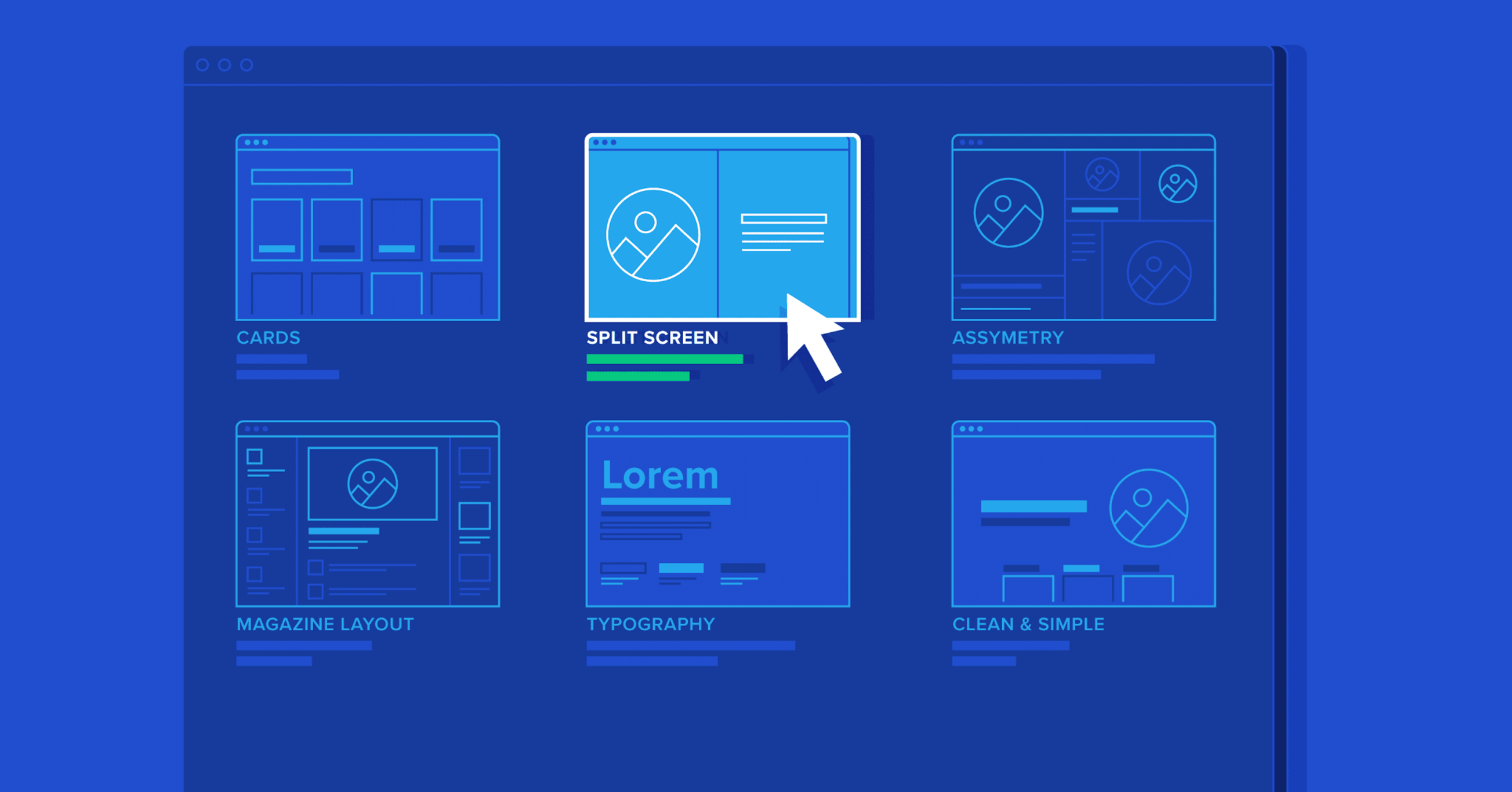
Optimizing User Experience Through Responsive Web Design
Responsive web design has become a baseline expectation for modern websites, but the quality of implementation determines whether the user experience feels polished or frustrating. In 2025, effective responsive design goes beyond simply scaling layouts—it requires careful planning of grid systems, flexible typography, and context-aware asset delivery. Developers are leveraging CSS Grid and Flexbox to create fluid, adaptable layouts that reflow gracefully on mobile, tablet, and desktop.
Typography is being handled with relative units, fluid scaling, and CSS clamp functions, allowing text to remain legible without breaking layouts. Images are served using srcset and modern formats like WebP and AVIF to optimize performance for different screen sizes and connection speeds. Additionally, responsive design now integrates with performance monitoring: before-and-after metrics show significant improvements in bounce rates and session durations when responsive redesigns are applied.
Testing has matured as well—teams use browser developer tools alongside automated audit platforms like Lighthouse to ensure consistent performance and accessibility across breakpoints. Responsive design is no longer just about appearance; it is about ensuring that content, navigation, and interactivity adapt naturally to the user’s context, device, and preferences.




